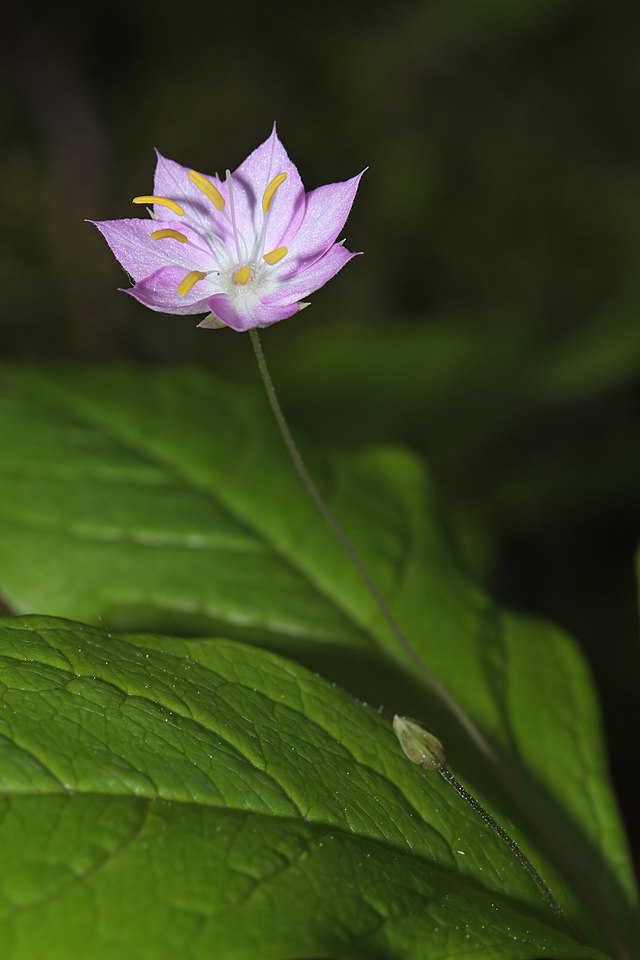Research & Studies

The article was written with the contribution of Nóra Szigeti, iASK researcher and was released in Land 2021, 10, 930.
Abstract
Establishing shelterbelts for field protection is one of the rediscovered agroforestry practices in Europe and Hungary. Several studies have focused on the effects of these plantations on agricultural production. Prior scholarship reveals that shelterbelts enhance the diversity of bird and insect communities but generally fail to consider herbaceous cover. Our study aimed to describe the herbaceous vegetation in shelterbelts of different origins, tree species composition, and land management. We investigated surveys in four agricultural landscapes of North West Hungary, where the intensity of the landscape transformation is different. The diversity and species composition of the herbaceous vegetation were analyzed, including plant sociology and forest affinity. Our results highlight the importance of landscape history in herbaceous flora. Shelterbelts planted on cultivated without an immediate connection to former woody vegetation soil are not appropriate for the appearance of forest-related herbaceous species, regardless of tree species composition or the extent of the shelterbelt. On the contrary, the remnants of former woody vegetation are refuges for those herbaceous species that are very slow at colonizing new plantations. These findings expose that protecting existing woody areas is an essential task of agricultural land management.
Keywords: shelterbelt, herbaceous flora, diversity, plant sociology
The article is available HERE with full text.
© 2017-2023, All Rights Reserved